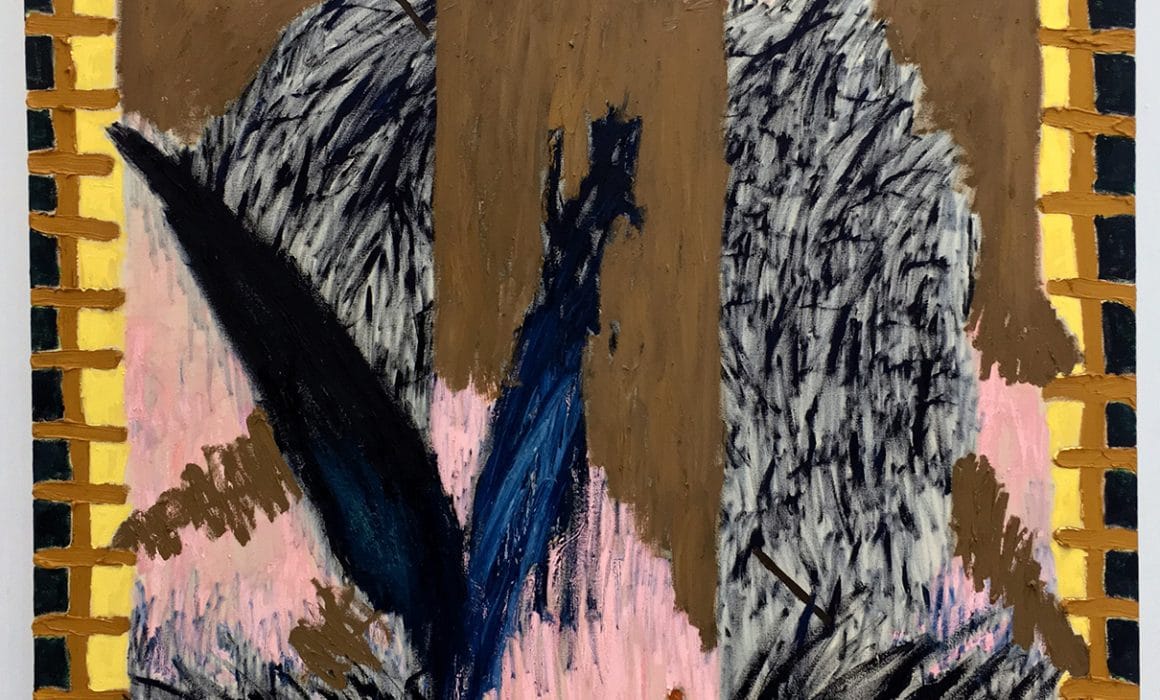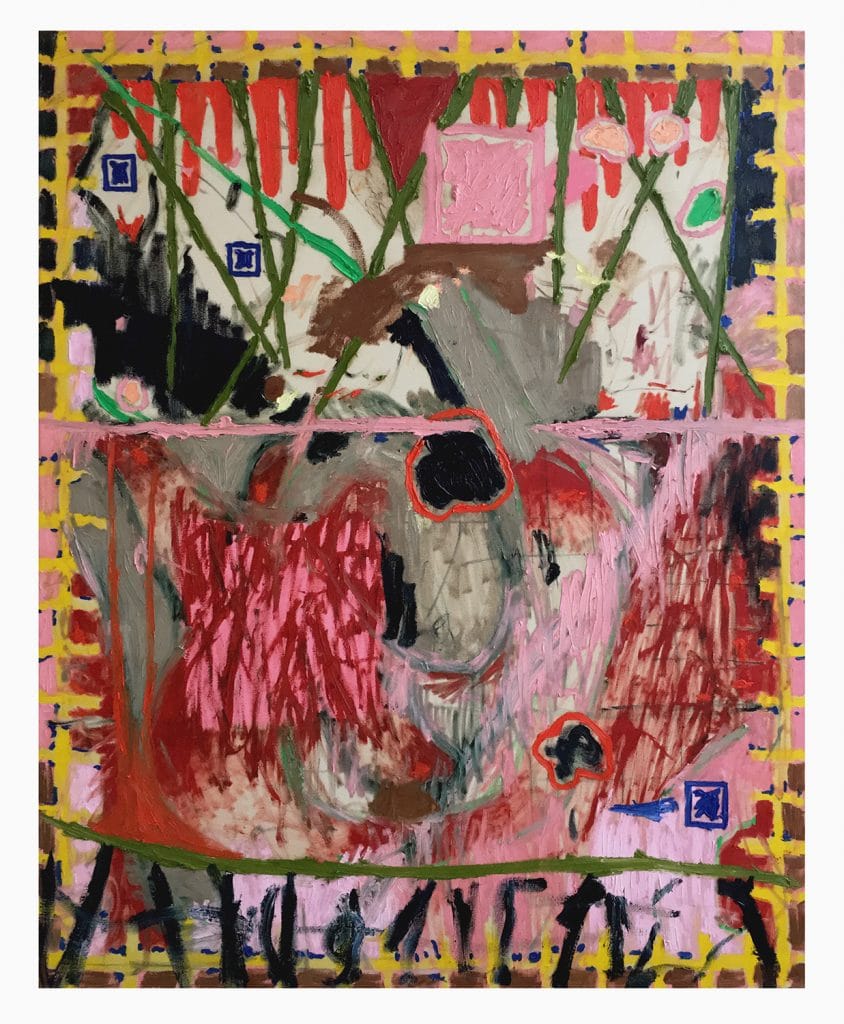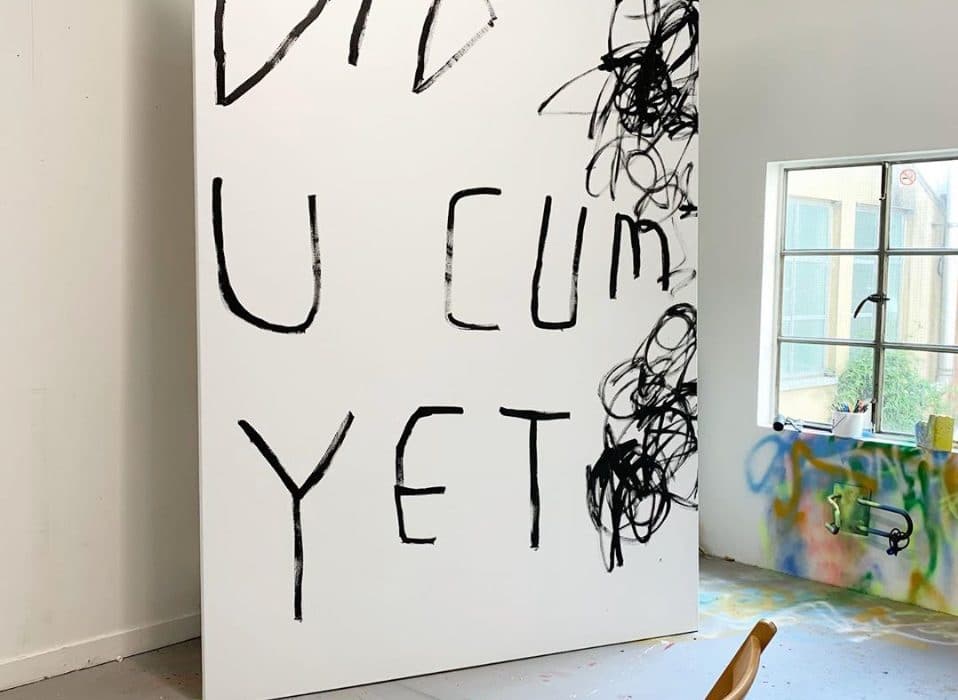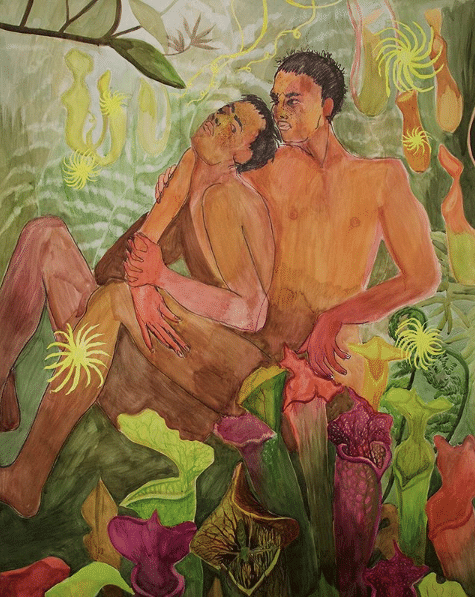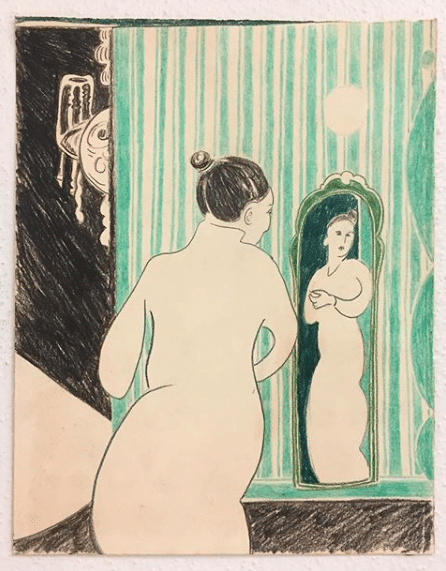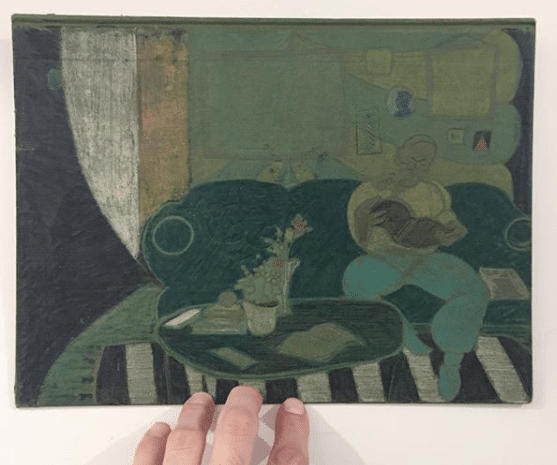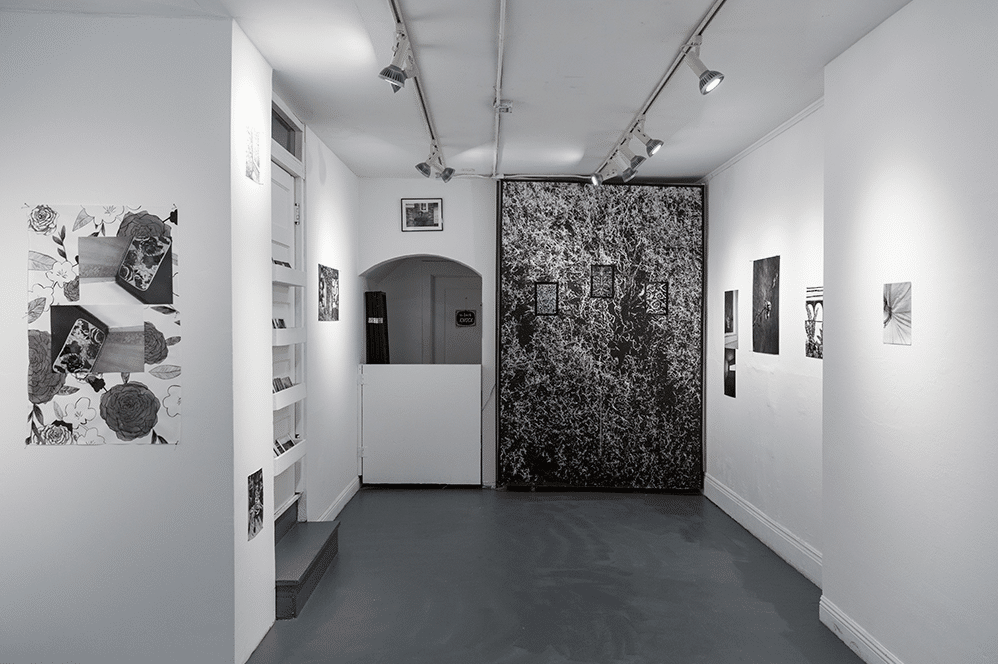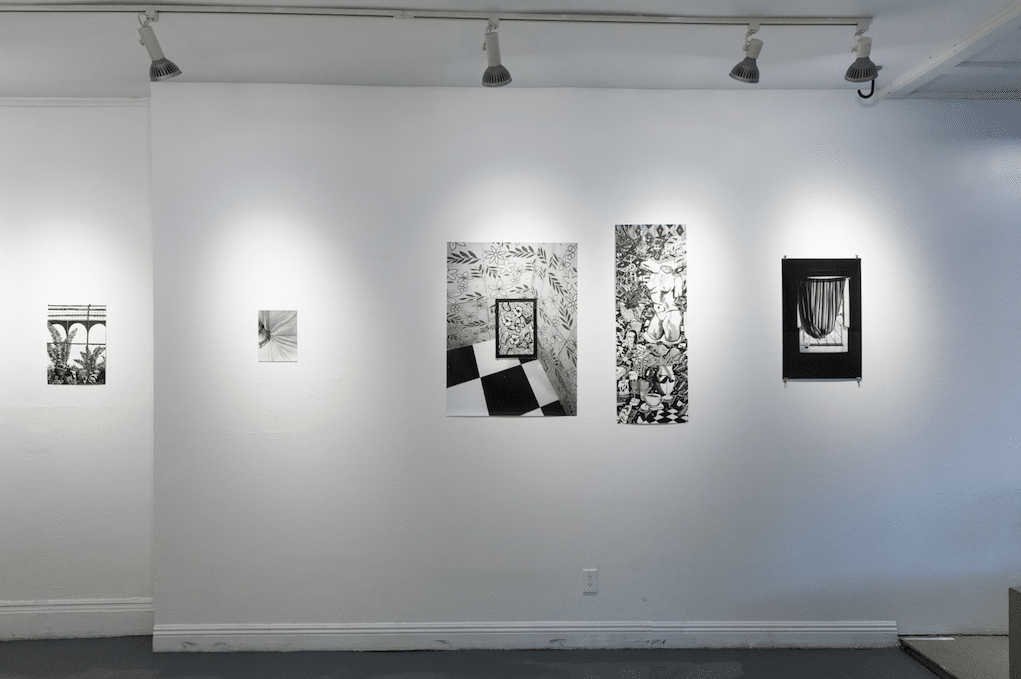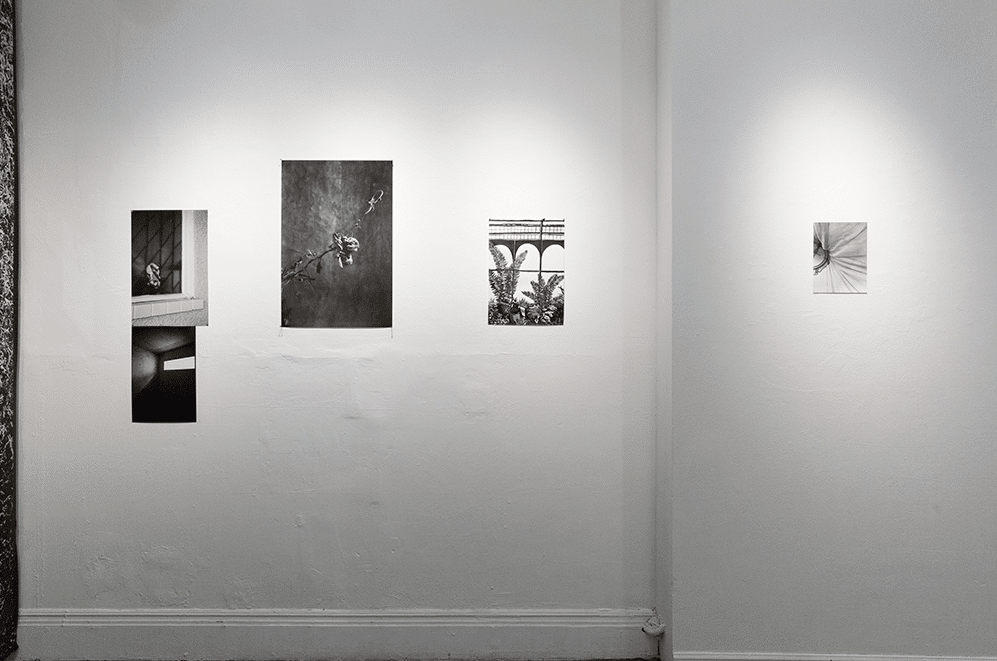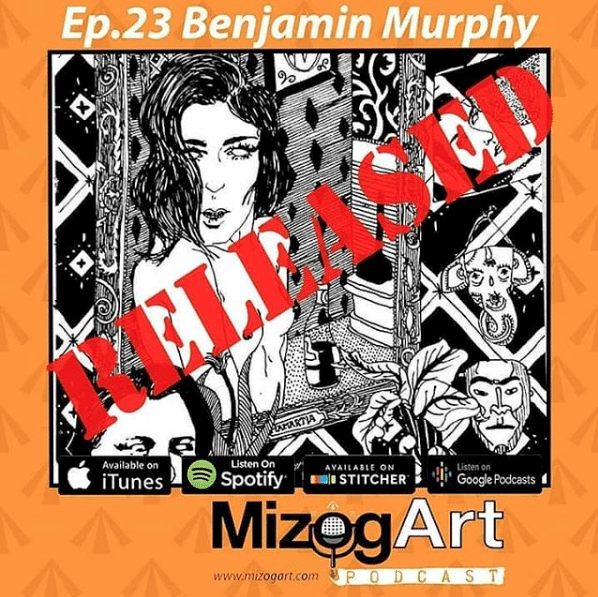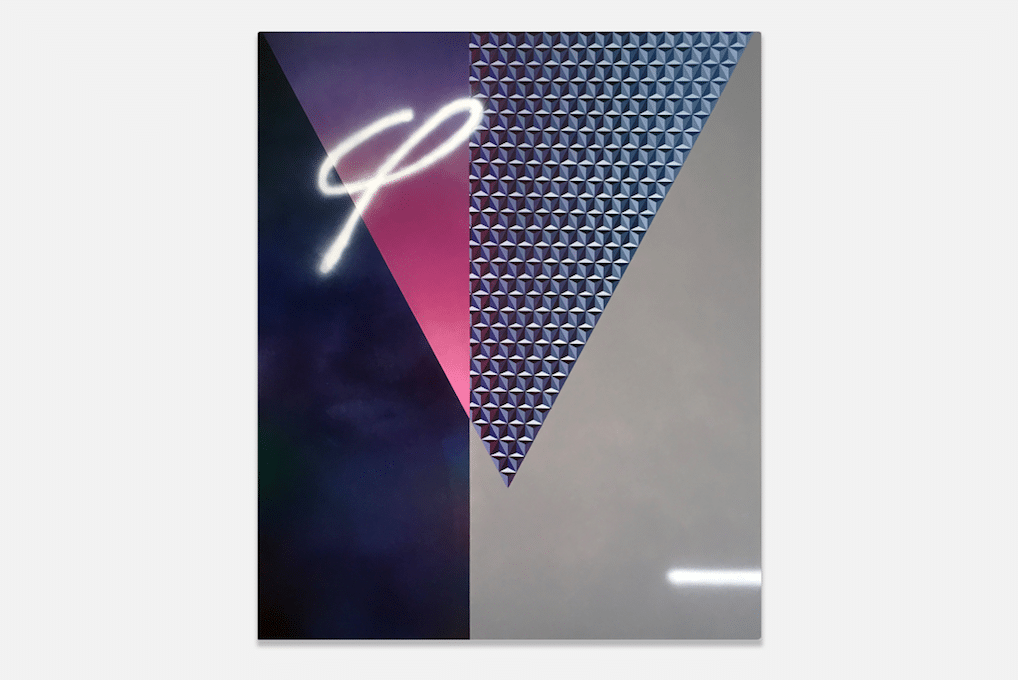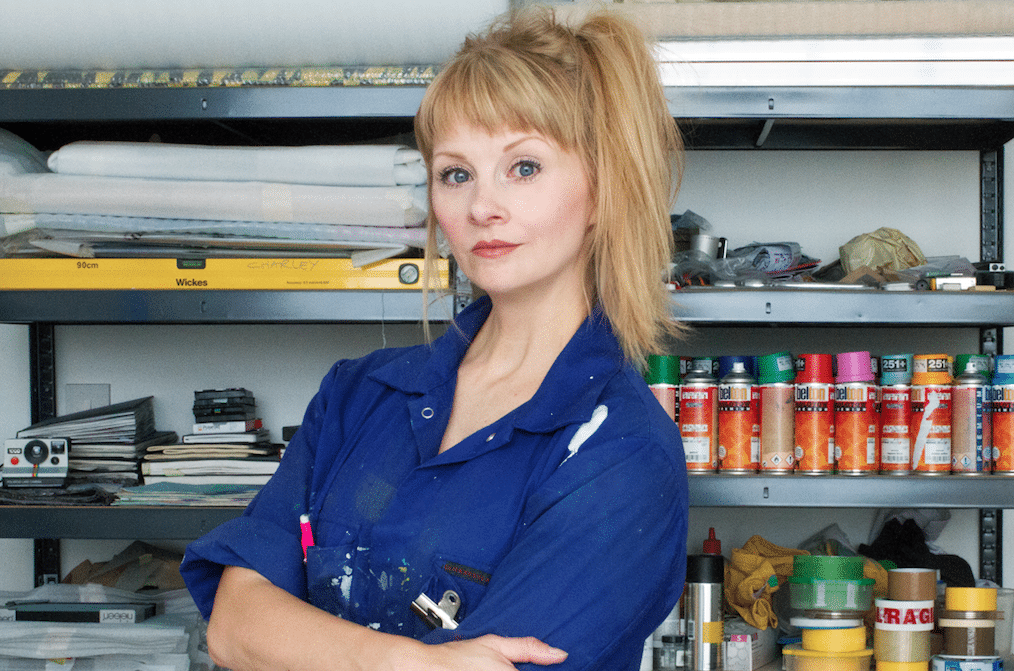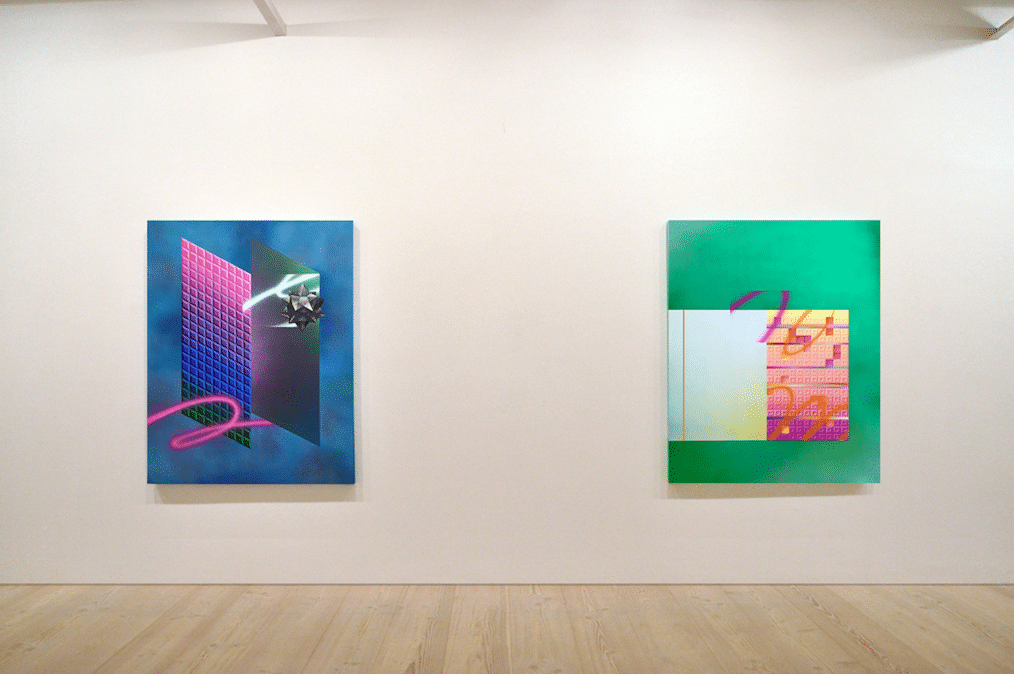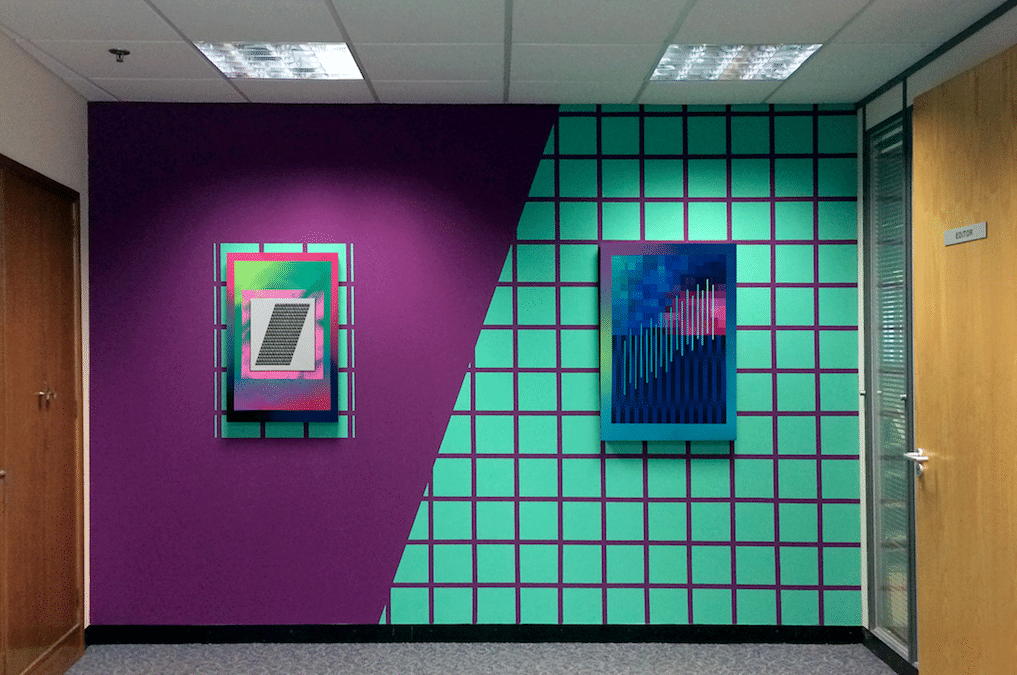The Delphian Podcast – EPISODE 2 – Andy Dixon
Episode 2 of the Delphian Podcast is NOW LIVE!

We met up with Andy Dixon in his LA studio earlier in the year to discuss his work, and the art world in general.
Listen now on our website HERE, or search DELPHIAN PODCAST in iTunes, Spotify, or Podbean.
If you need more, you can read our recent interview with Andy over on Delphian Magazine HERE

